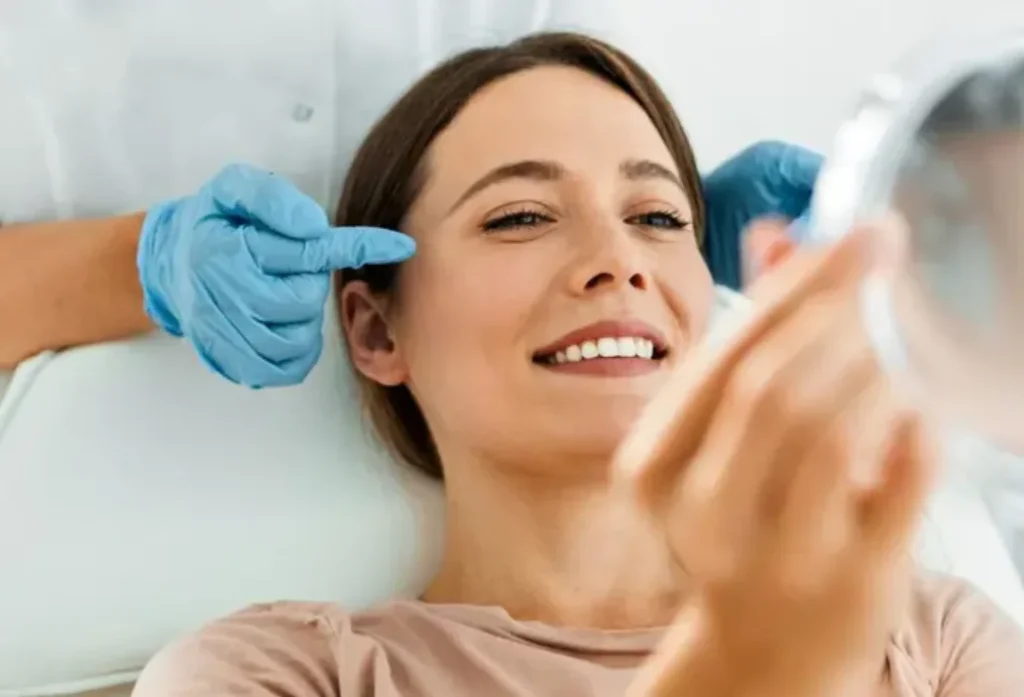In recent years, aesthetic medicine has undergone a profound transformation. Far from the pursuit of drastic makeovers, more and more patients are seeking natural results that respect their own features, along with personalized treatments designed specifically for their skin type, age, and lifestyle.
For aesthetic doctors and surgeons, understanding and applying these trends not only meets a growing demand but also strengthens patient trust and loyalty.
This article explores the two major forces shaping the sector’s immediate future—naturalness and personalization—and offers practical recommendations for incorporating them into your practice.
Naturalness as the New Standard of Beauty
Until a few years ago, the idea of “looking different” dominated many aesthetic procedures. Today, however, most patients want to “look better” without anyone knowing exactly why.
This preference is reflected in several aspects:
- Discreet results: procedures aim to rejuvenate, soften, and harmonize rather than drastically change facial structure.
- Less invasive techniques: treatments using microinjections, low-dose neuromodulators, light fillers, or collagen stimulators that work progressively.
- Quick recovery: naturalness also means shorter downtime and fewer visible signs after treatment.
For professionals, adapting to this trend means:
- Adjusting protocols to prioritize subtle dosages and precise techniques.
- Communicating clearly with patients about realistic expectations, emphasizing that the goal is to refresh, not transform.
Personalization: Key to Every Patient
The second major trend is the total personalization of treatments. Each patient is unique in skin type, age, lifestyle habits, genetic factors, and medical history.
In response, aesthetic medicine is moving toward tailor-made solutions that combine different techniques in a single treatment plan.
Key elements of personalization:
- Advanced diagnostics: skin analysis, facial proportion assessment, symmetry studies, and dermal quality evaluation.
- Multifactor plans: staggered treatments that combine collagen stimulation, strategic fillers, gentle peels, or cutting-edge devices.
- Continuous follow-up: regular check-ins to adjust the plan according to the patient’s response and progress.
Benefits for professionals:
- Greater effectiveness and patient satisfaction by ensuring each person feels truly heard and cared for.
- Data-based recommendations that facilitate communication and informed consent.
- Natural patient loyalty, as results are built over time.
Treatments that Reflect These Trends
While each clinic offers its own portfolio of services, several procedures align perfectly with the demand for naturalness and personalization:
Procedure
Low-dose neuromodulators (“baby Botox”) |
Collagen bio-stimulators |
Skinboosters |
Light hyaluronic acid fillers |
Regenerative therapies (exosomes, advanced PRP) |
How It Fits the Trend
Relax muscles without freezing expressions. |
Improve skin quality and firmness progressively and naturally. |
Provide deep hydration without altering facial volume. |
Restore lost volume without creating stiffness. |
Stimulate the skin’s natural repair capacity. |
The common denominator is to stimulate and enhance what the skin already has, rather than forcing an artificial change.
Communication: The Bridge Between Technique and Trust
How you communicate these treatments is as important as the procedures themselves. To build a strong personal brand as an aesthetic doctor or surgeon, consider:
- Explaining the objectives and limitations of each treatment with transparency.
- Showcasing real cases (with consent) that demonstrate natural results.
- Creating educational content for blogs, social media, or newsletters to dispel myths.
- Participating in events, conferences, or professional collaborations that support your scientific credibility.
Applying These Trends to Your Professional Strategy
If you are an aesthetic surgeon or doctor looking to embrace these trends:
- Review your service portfolio to identify treatments aligned with naturalness and personalization.
- Train your team in minimally invasive techniques and advanced diagnostic protocols.
- Update your digital communication—website, social media, blog articles, and visual materials—to reflect these values.
- Offer deeper diagnostic consultations, even using facial and dermal analysis tools.
- Integrate a follow-up plan that fosters loyalty and allows evaluation of medium- and long-term results.
Conclusion
Aesthetic medicine in 2025–2026 is defined by natural results and personalized plans. Patients want to look good without dramatic changes and value being treated as unique individuals.
For professionals, adopting these trends means not only meeting current expectations but also strengthening their reputation and standing out in a competitive market.
At Deaffrog, we help aesthetic doctors and surgeons build a solid personal brand that effectively communicates these principles. If you want your practice to reflect the trends shaping the industry, contact us and start positioning your business for the future.
